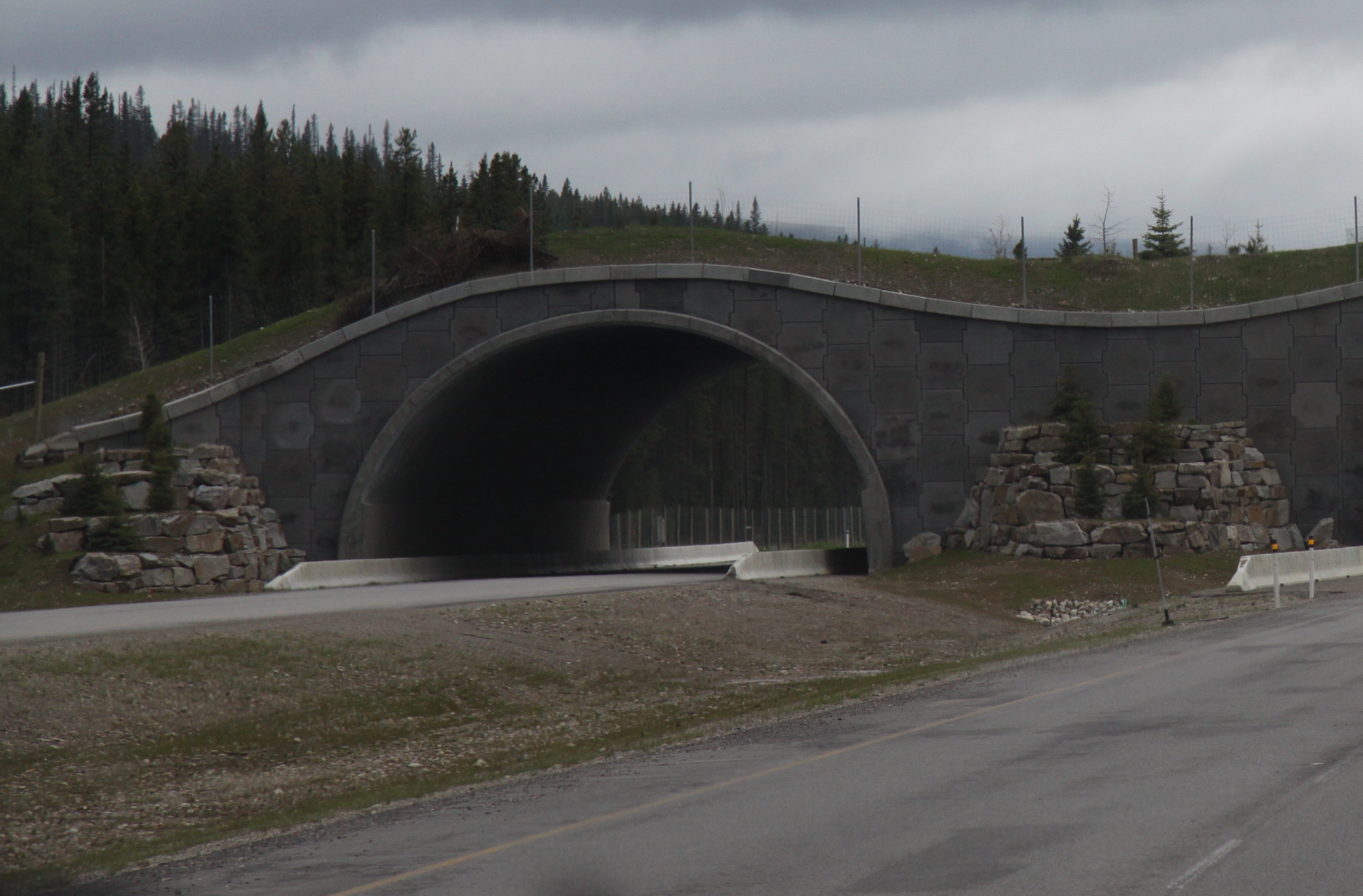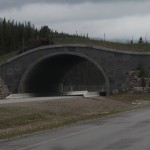I had visited Alberta, Canada once before, about 10 years ago. I had forgotten how impressed I was with their good environmental choices until my most recent visit back. Just last night I returned once again from Alberta: specifically, Edmonton, Calgary, and the Banff area.
Picture landing into an airport full of recycling bins, not only for all recycled material, but bins for plastics, a bin for papers, and a bin for glass. Yes, there was also regular trash cans. Not one item of trash was seen anywhere inside or outside the airport. We had a three hour drive from Calgary to Edmonton. This stretch of Highway is traveled on a regular basis by Canadians. Guess how many pieces of trash were seen on this stretch? None! Zero! Zip! What I saw were beautiful rolling hills of Canola fields in such a vibrant shade of yellow to equal the sun. I saw fields and fields of canola with the occasional livestock farm…clean as a whistle. A few, very small towns were along the way and even the towns were vey clean. I do not know if it was the citizens or government that had this amazing idea, but small pull-over spots were sprinkled every 30 miles or so equip with various recycling bins and garbage bins. This gives even irresponsible people a chance to dispose of unwanted items in an environmentally friendly way. Are you a “granola” or “tree-hugger” if you choose to place your trash in bins versus tossing them from a window for others to see and later pick up? I hardly think so.
Besides the clean environment, Alberta also understands the balance of nature and the importance each animal plays in our ecosystem. not only did I see many signs warning people of a well-traveled wildlife route or area, but they even went a step further! In high-traffic wildlife areas, periodic bridges were built so the animals can still continue on their regular routes….without people hitting them with human-encroaching cars. How do these animals know to use these safety bridges? Because grass and plants are on top…a simple trail of nature. Think these bridges only saves animals’ lives? Think again. How often do humans hit a deer and it is either a fatal accident or causes sever injuries to the driver and passengers. These bridges are a win-win.
During a a couple month duration, some secondary roads are closed to protect the native wildlife. Alternate routes are provided. Do Canadians complain? Absolutely not, because it is ingrained into minds from childhood, to care for our Earth. Why isn’t every parent teaching this in America? Why are we so behind in times? Why do so many of us choose not to care? Does it start with a government that role models these eco-freindly choices?
I visited a wildlife rehabilitation center while in Edmonton. It merely was another vet office, except for wildlife. I was so jealous when I asked how they obtained their wonderful digital x-ray machine. The director’s reply was, “Oh, we are so fortunate that our city acknowledges the necessity and value of what we do, so they bought it for us.” Are you kidding me? Am I in a dream? Does this stuff really happen? Not only did the city purchase this important equipment for them, but the city also gives a share of casino revenue to them so they can maintain a reliable budget. C’mon Louisville, help us out here. Why do we not have a wildlife center in our city? We are READY to make that change. Here we are! Help us help our city! Why is there not a wildlife rehab center in every major city? Why is it that we receive animals purposely hit by cars and Canada reroutes people to avoid them?
Now, I understand that my post is a general stereotype and there are some wonderful people that live here and probably some Canadians that don’t make great choices, but from my experience, we have a lot of educating that needs to be done here and a lot of self-reflecting. Canadians just seem to automatically think of others and our environment. Is this solely my opinion from my visits? No, it seemed to be obvious to my children as well. I hope that my children learned from our trip and I hope they can share similar values as the many, many wonderful people that live next door to our endearing Good Ole USA.

